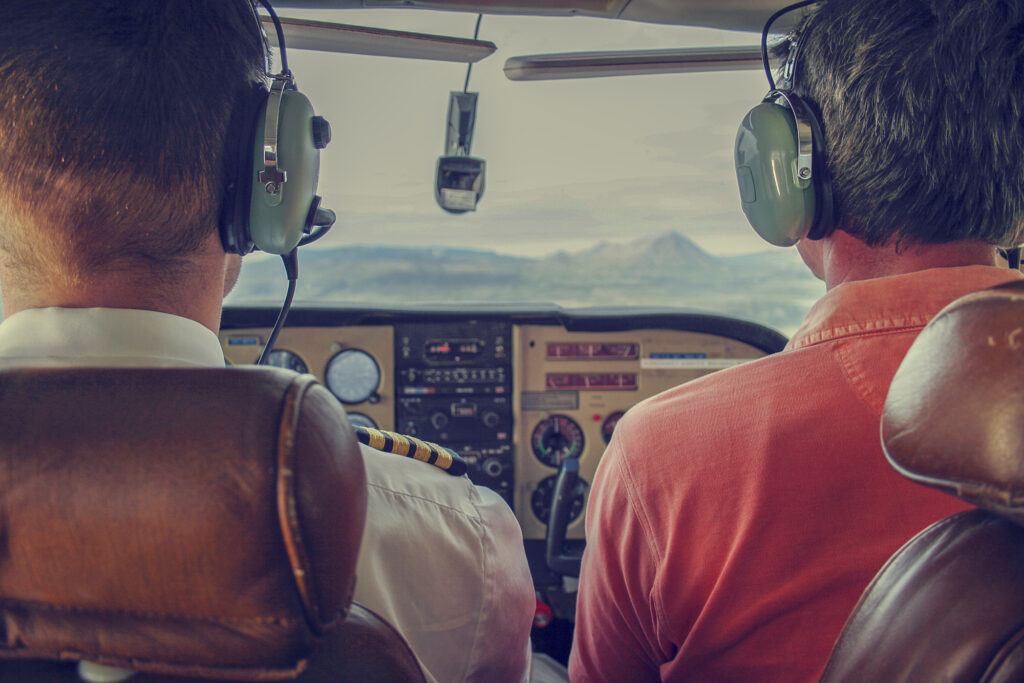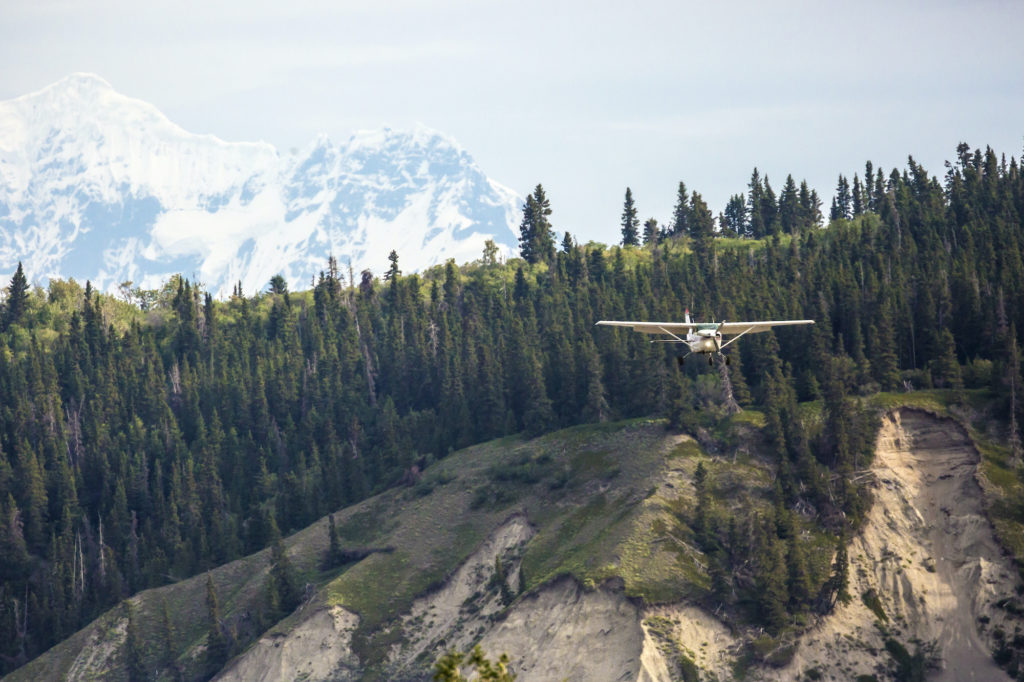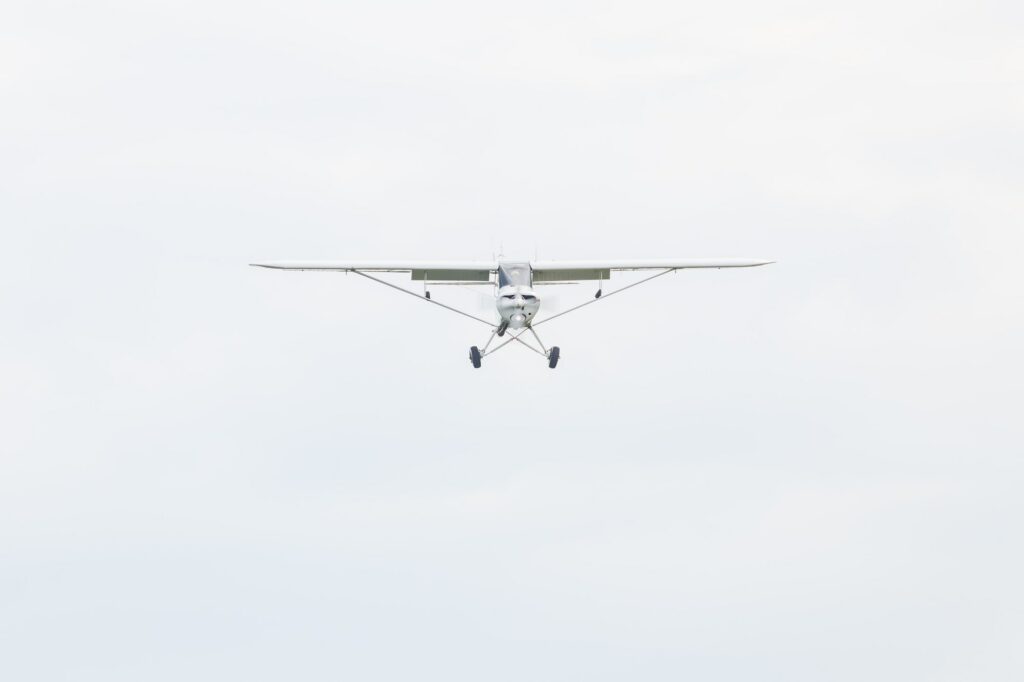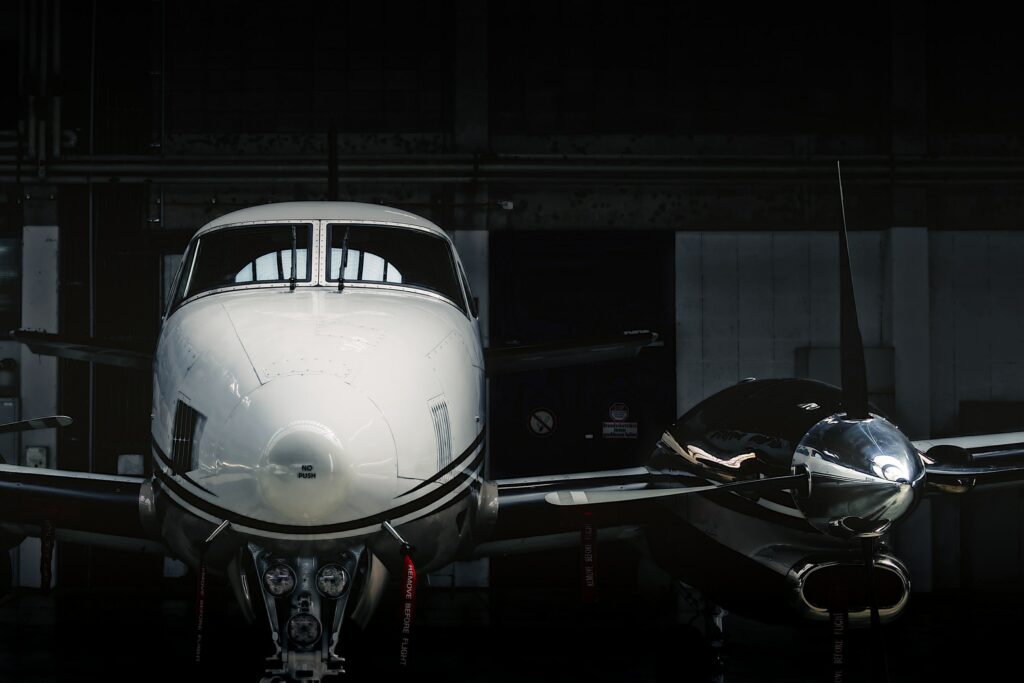
Lifetime Lessons in the Air
Lifetime Lessons in the Air
Learning to fly teaches young people necessary life skills that serve them far beyond the airport fence.
The term “pilot” doesn’t typically conjure up images of high schoolers. But many pilots are just that. In many ways, they are frequently the best students: energetic, malleable, and fast learners. With maturity and discipline, young people can be safe, responsible, and highly competent pilots.
What’s more, many young pilots can apply their aviation education to succeed in high school and college. For a young man or woman interested in flying, exploring that passion could just be the best thing for their education overall.
Flying is Practical
It’s hard to say whether schooling is or isn’t practical. But for many young people school doesn’t feel practical. Teaching often targets passing standardized tests, not necessarily developing knowledge that can be applied and built upon. To a degree, flying suffers from this as well, but flying is generally hands-on and “hard to fake”. If you don’t know how to fly, you don’t know how to fly. You’ll know it—and if you don’t your instructor definitely will.
But no new pilot already knows how to fly! Some might be better than others, but every single student hits a point where they have to work hard to figure something out. And once they do, it’s immensely rewarding.
Learning to fly promotes a “growth mindset”. It’s one of the most exciting parts of teaching young people to fly. Many young students are quite nervous during their first lesson, not for their safety, but because they are afraid that their skill level on the first lesson is indicative of their future success in a flying career. They are operating from a “fixed mindset”. The slow dismantling of a fixed mindset through the training process is just plain fun to see. In kinder words we get to say “congrats kid, you kinda suck. Wait until you see how much you can improve in six months!”
Life often dissolves the fixed mindset with time. Older students struggle in other areas but generally understand they’ll improve with effort. But many young students have insufficient life experience to have already shed the fixed mindset. Flying is a compressed, hands-on way to push young people into a growth mindset.
Once a student has this breakthrough, they can re-apply it through flight training and outside the cockpit in high school or college. Suddenly, struggling with something isn’t a bad thing. It’s just another challenge—no big deal.
Shouldn’t the education process teach this anyway? Yes, but for many students, the lesson doesn’t sink in through academic work. Perhaps it’s the focus on standardized tests or the large classroom environment, or that a lot of it is just plain boring for many students. Young people who learn to fly usually learn because they have an innate passion for it that they may lack in high school.
Flying is also an exciting contrast to traditional education in that it requires both slow “conventional” learning and quick iterative decision-making. School tends to emphasize the former, while many pilots prefer the latter. This is illustrated in the contrast instructors often see between “book smart” students and student-athletes. Book smart students quickly understand academic concepts but have trouble adapting to the rapid decision-making process and physical aspects of flying. Student-athletes are often sharp fliers without much coaching, but require repeated prodding to study. But for both types of students, learning to fly expands their view of the learning process.
Learning to fly also drills home that understanding something doesn’t mean you can do it. Academic content is critical to learning to fly, but academic understanding alone doesn’t mean squat.
Other disciplines provide a similar experience. For many high schoolers, extracurriculars like playing an instrument teach a similar mindset. A student can understand music theory and yet be unable to play Für Elise. Only through repetition will they learn to play. Flying is similar. We repeat ad-nauseam to our students: “get the reps in.” To take this analogy further: just because one understands music theory and can play a song doesn’t mean they are creating art. Creativity—in music and flying—comes when knowledge and practical experience allow one to rearrange, improvise, and appreciate the significance of an instant in time. Creative application is a very real thing in flying, but worthy of a longer, separate discussion.
In addition to all these benefits, learning to fly is uniquely valuable in another area: real-world responsibility.
Here’s the Keys, Kid
It’s no surprise that flying an airplane demands responsibility. Quite a lot of it. Although flying involves many regulations, pilots remain free to do almost anything they want. For example, a licensed seventeen-year-old can fly three friends across the country, or land at a major international airport. But, depending on the state they land in, they may not be legally able to drive those friends home from the airport. And when they go back to school on Monday they’ll have to raise their hand to take a piss.
Aspiring pilots can legally solo a glider at fourteen, and a powered airplane at sixteen. They can earn a private certificate at seventeen, and a commercial certificate at eighteen. We’ve taught many who’ve done exactly that.
Piloting is an immense responsibility for a young person, but in that trust comes growth and earned confidence.
Not all high school students have the maturity to fly safely, of course. But many do. And the limiting factor in getting most young people flying is not maturity—it’s money. Learning to fly is expensive, and time-consuming. A private certificate costs roughly $10,000 and a full career path program upwards of $65,000. But, many organizations are working diligently to provide flying opportunities to more young people.
Getting Students in the Air
The aviation community is generally welcoming to young people because we all share a passion for flight, and know that young people who apply themselves and act maturely are well-deserving of our trust. Older pilots are often quick to mentor youngsters, knowing that education in flying is about a lot more than just a pilot certificate.
Many organizations promote flying to young people. At Flight Apprentice, we partner with organizations to donate or heavily discount courses. Our friends at the 501(c)(3) non-profits Fly For The Culture, The California Capital Airshow, Girls Love to Fly, and the Infinity Aero Club work diligently to provide scholarships, information, and introductory flights to young aspiring pilots.
For readers in the Northern California area: The Auburn Aviation Association in Auburn, CA awards thousands of dollars to local students every year. We highly encourage prospective recipients to explore opportunities there.
And for readers elsewhere, the Experimental Aircraft Association (EAA) Young Eagles program is the #1 organization dedicated to introducing young people to flying. We encourage folks to find their local EAA chapter and explore opportunities.
For the Parents
Lastly, for the non-pilot parents in the audience: if your kid isn’t interested in flying, the learning process may not contribute much to their education. Much of the value in learning to fly stems from letting young people with passion struggle, study, and achieve in pursuit of that passion.
But if your son or daughter is interested in flying, there’s a good chance it’s something they can’t fully articulate and something you’ll never fully understand. This passion often starts young and continues for life. We call this the “flying bug” and while it’s observed by many an inconvenienced parent or spouse, it’s only truly understood by other pilots.






